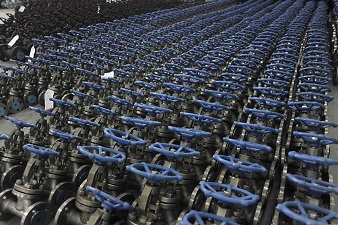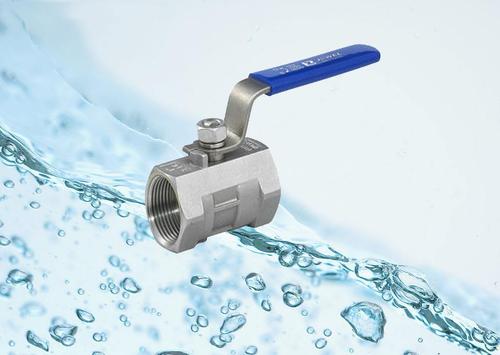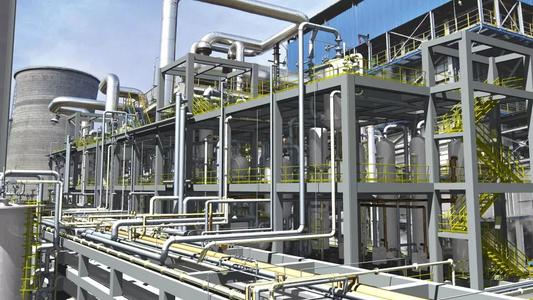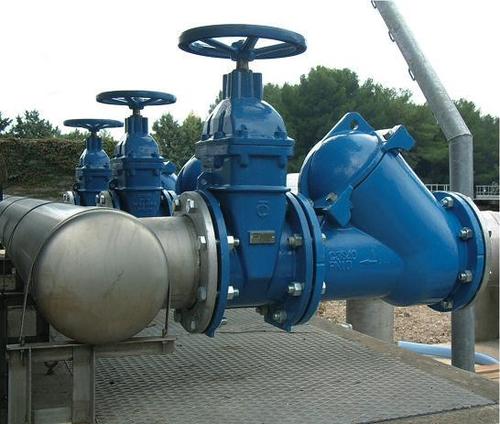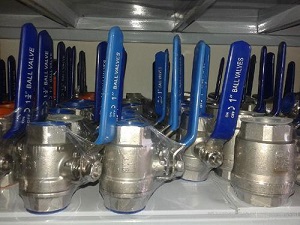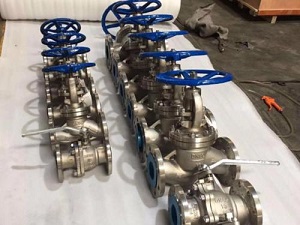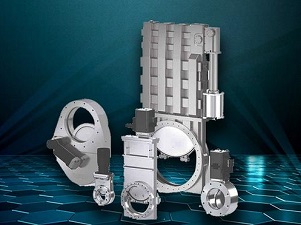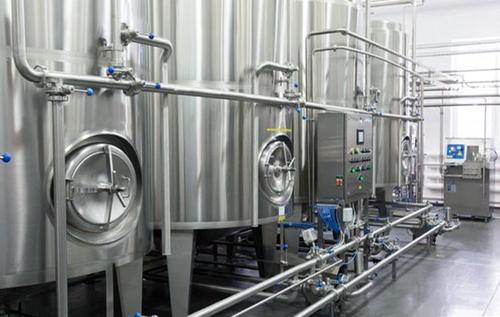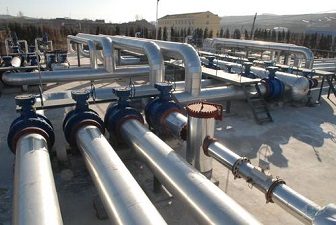Category: Sanitary Ball Valves
Seven Advantages of Fully Welded Ball Valves
What is a Fully Welded Valve? A fully welded valve is designed with a fully welded and forged body to reduce weight and increase strength while eliminating several potential leak points. They are used to connect and shut off the flow of the medium in many different pipeline systems. Fully welded ball valves are often […]
Read moreHow Should the Pneumatic Ball Valve be maintained?
Pneumatic ball valves are ball valves with pneumatic actuators. Pneumatic actuator’s execution speed is relatively fast, and the fastest switch speed is 0.05 seconds/time, so it is also called a pneumatic quick cutting ball valve. Pneumatic ball valves are specifically classified as stainless steel pneumatic ball valves, plastic pneumatic ball valves, pneumatic sanitary ball valves, […]
Read moreThe Sealing Performance of Stainless Steel Ball Valve
There are the reduced diameter and non-reduced diameter structures for sanitary ball valve. Regardless of the structure, the flow resistance coefficient of the ball valve is relatively small. In particular, for the so-called full-flow type, also known as non-reduced diameter ball valve, because its channel diameter is equal to the inner diameter of the pipe, […]
Read moreMajor Features of Sanitary Ball Valves
As the name of the valve suggests, the sanitary ball valve is created from its characteristics. The special feature of the ball valve is the spherical component that rotates in a ball-shaped disc. A hole is drilled through the sphere. The hole is then aligned with the inlet and outlet of the pipe in the […]
Read moreThe Sealing Structure of Electric Metal Sealing Ball Valve
Electric metal sealing ball valve is divided into two kinds of sealing structure, that is, one-way sealing and two-way sealing. One-way sealing can only seal in the specified direction. Two-way sealing can seal in both directions. The type of structure of electric metal sealing ball valve can be divided into floating ball and fixed ball. […]
Read moreSanitary Ball Valves VS Ordinary Ball Valves
What is a ball valve? Ball valve refers to the valve its opening and closing parts (ball) driven by the stem and rotating around the axis of the stem movement. The ball valve is mainly used to cut off or connect the pipeline medium, and it can also be used for fluid regulation and control. […]
Read moreThe Advantages and Features of Fixed Ball Valve
A ball valve whose sphere has a fixed shaft is known as a fixed ball valve. The fixed ball valve is mainly used for high pressure and large diameter occasions. According to a different installation of valve seat sealing rings, a fixed ball valve can have two configurations: a valve seat that is sealed in […]
Read moreBenefits of Sanitary Ball Valves
Sanitary ball valves are among those common sanitary valves available in the market. In simple words, it works by taking a quarter turn to regulate the water flow. This valve consists of a spherical disc and that is why it is usually known as a ball valve. It has a ball-like structure with a hole […]
Read moreThe Assembly of Sanitary Ball Valves
Sanitary ball valves are designed to control the transmission of the product. They are mainly used in the pharmaceutical, food, and beverage chemical industries. The complete bore design of the chamber valves does not result in fluid resistance. This means that the use of ball valves is ideal in operations involving viscous fluids or fluids […]
Read moreThe Advantages of Pneumatic Ball Valve
The pneumatic ball valve is a new type of valve that is widely used in recent years. It is mainly used in pipelines to shut off, distribute and change the flow direction of the media. It has the following advantages: 1. The fluid resistance is small. The resistance coefficient is equal to that of the […]
Read more
